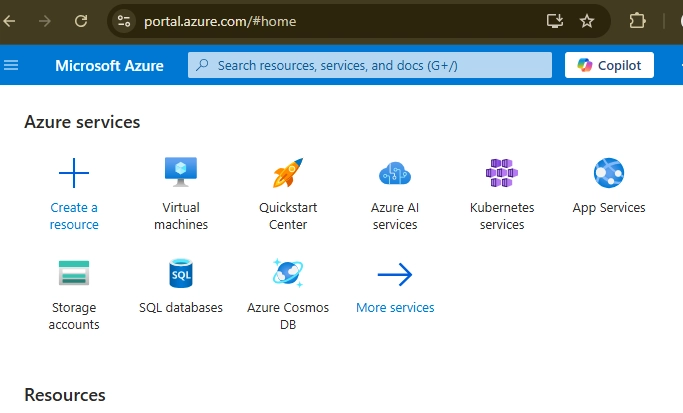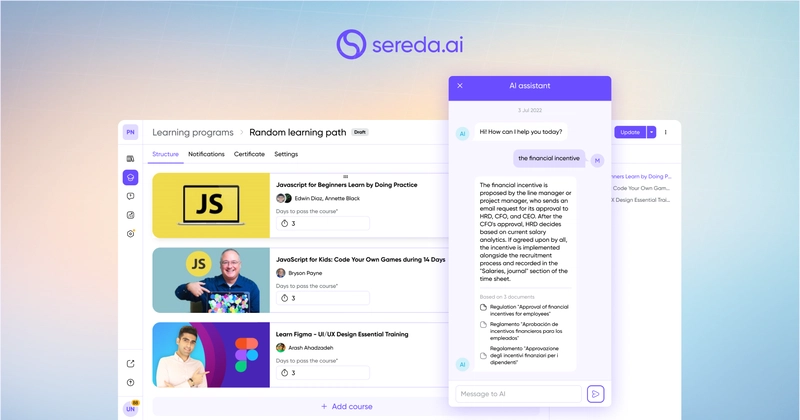What Are DORA Metrics in DevOps & How to Improve Them?
If you want to improve how your DevOps team delivers software, you need to measure what matters. That’s where DORA metrics come in. These four key performance indicators—backed by years of research—help teams understand how efficiently they build, test, and deploy code. But what do they actually measure, and why should you care? In this article, we'll explore DORA metrics in DevOps, explain why they matter, and share actionable strategies to improve them. Understanding DORA Metrics in DevOps DORA metrics were introduced by Google’s DevOps Research and Assessment (DORA) team after years of studying elite software teams. These DevOps metrics provide a clear, data-driven way to evaluate DevOps performance across speed, stability, and efficiency. The four metrics to consider are: 1. Deployment Frequency (DF) – How often do you release new code? 2. Lead Time for Changes (LTC) – Time taken for a code commit to reach production 3. Change Failure Rate (CFR) – The percentage of deployments that result in failures. 4. Mean Time to Recovery (MTTR) – The average restore time after an incident. In the following section, we’ll break down each of the DORA metrics in detail and explore strategies to optimize them for a more efficient DevOps pipeline. DORA Metrics in DevOps: A Detailed Overview Here’s a detailed breakdown of DORA metrics in DevOps and how to improve them. 1. Deployment Frequency: How Often Are You Shipping? This one’s simple: the more often you deploy, the better—as long as those deployments are stable. Top-performing teams release multiple times a day. Others might only push updates once a week or even once a month. Why It Matters:

If you want to improve how your DevOps team delivers software, you need to measure what matters. That’s where DORA metrics come in. These four key performance indicators—backed by years of research—help teams understand how efficiently they build, test, and deploy code. But what do they actually measure, and why should you care? In this article, we'll explore DORA metrics in DevOps, explain why they matter, and share actionable strategies to improve them.
Understanding DORA Metrics in DevOps
DORA metrics were introduced by Google’s DevOps Research and Assessment (DORA) team after years of studying elite software teams. These DevOps metrics provide a clear, data-driven way to evaluate DevOps performance across speed, stability, and efficiency. The four metrics to consider are:
1. Deployment Frequency (DF) – How often do you release new code?
2. Lead Time for Changes (LTC) – Time taken for a code commit to reach production
3. Change Failure Rate (CFR) – The percentage of deployments that result in failures.
4. Mean Time to Recovery (MTTR) – The average restore time after an incident.
In the following section, we’ll break down each of the DORA metrics in detail and explore strategies to optimize them for a more efficient DevOps pipeline.
DORA Metrics in DevOps: A Detailed Overview
Here’s a detailed breakdown of DORA metrics in DevOps and how to improve them.
1. Deployment Frequency: How Often Are You Shipping?
This one’s simple: the more often you deploy, the better—as long as those deployments are stable. Top-performing teams release multiple times a day. Others might only push updates once a week or even once a month.
Why It Matters:













































































































































































![[The AI Show Episode 142]: ChatGPT’s New Image Generator, Studio Ghibli Craze and Backlash, Gemini 2.5, OpenAI Academy, 4o Updates, Vibe Marketing & xAI Acquires X](https://www.marketingaiinstitute.com/hubfs/ep%20142%20cover.png)


























































































































![[FREE EBOOKS] The Kubernetes Bible, The Ultimate Linux Shell Scripting Guide & Four More Best Selling Titles](https://www.javacodegeeks.com/wp-content/uploads/2012/12/jcg-logo.jpg)



![From drop-out to software architect with Jason Lengstorf [Podcast #167]](https://cdn.hashnode.com/res/hashnode/image/upload/v1743796461357/f3d19cd7-e6f5-4d7c-8bfc-eb974bc8da68.png?#)






































































































.png?#)





.jpg?#)































_Christophe_Coat_Alamy.jpg?#)








































































































![Rapidus in Talks With Apple as It Accelerates Toward 2nm Chip Production [Report]](https://www.iclarified.com/images/news/96937/96937/96937-640.jpg)







































































































































